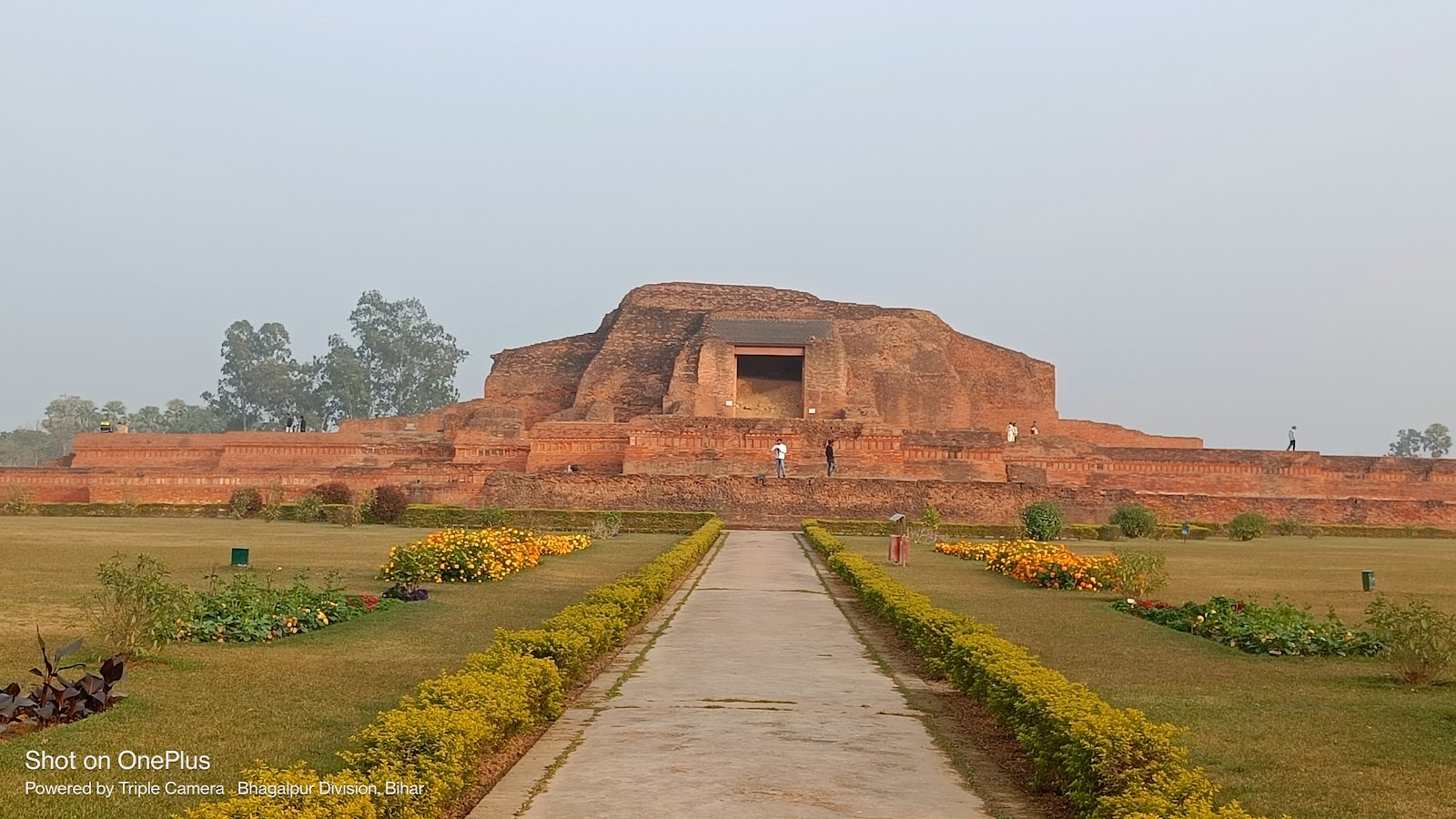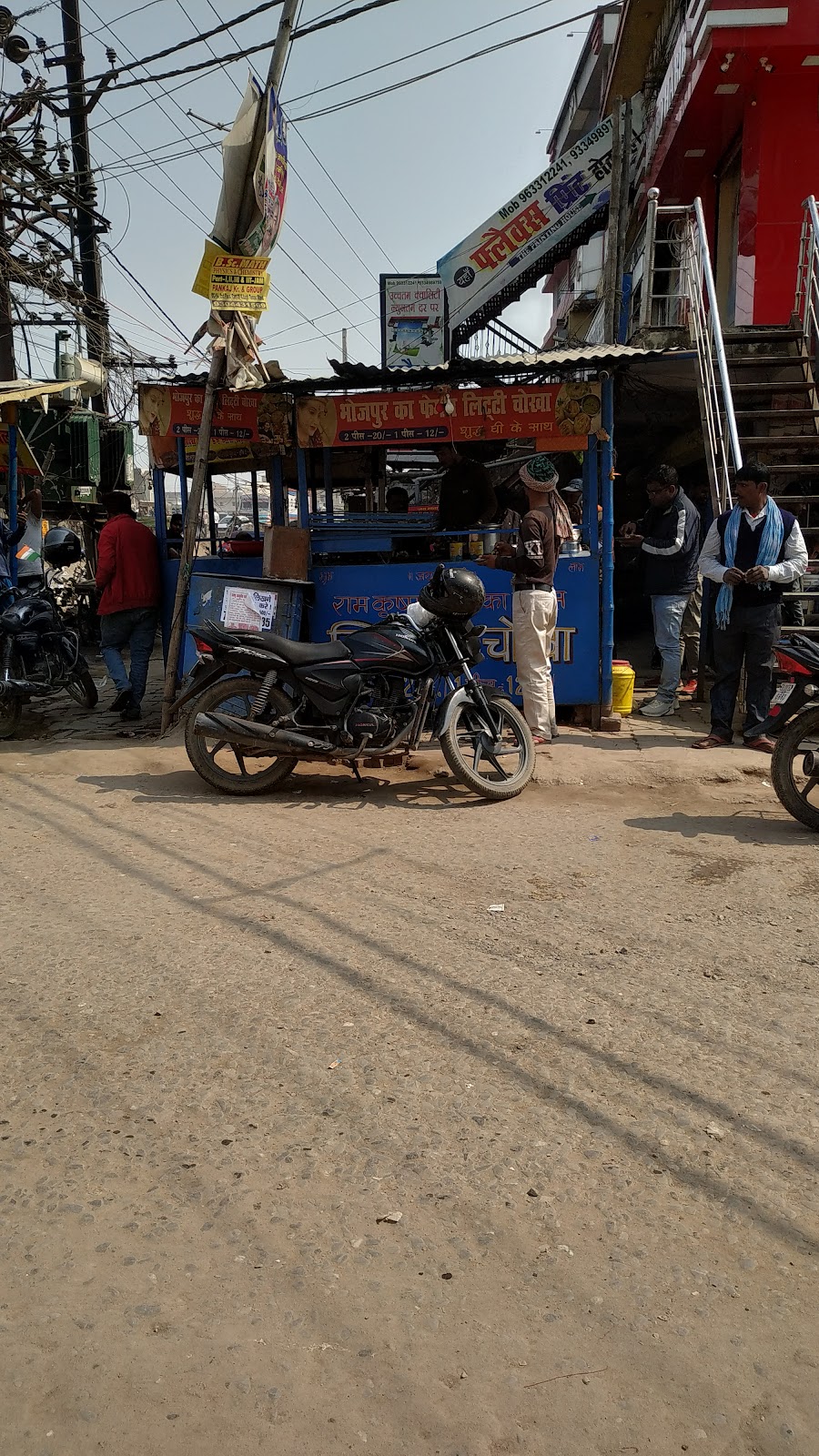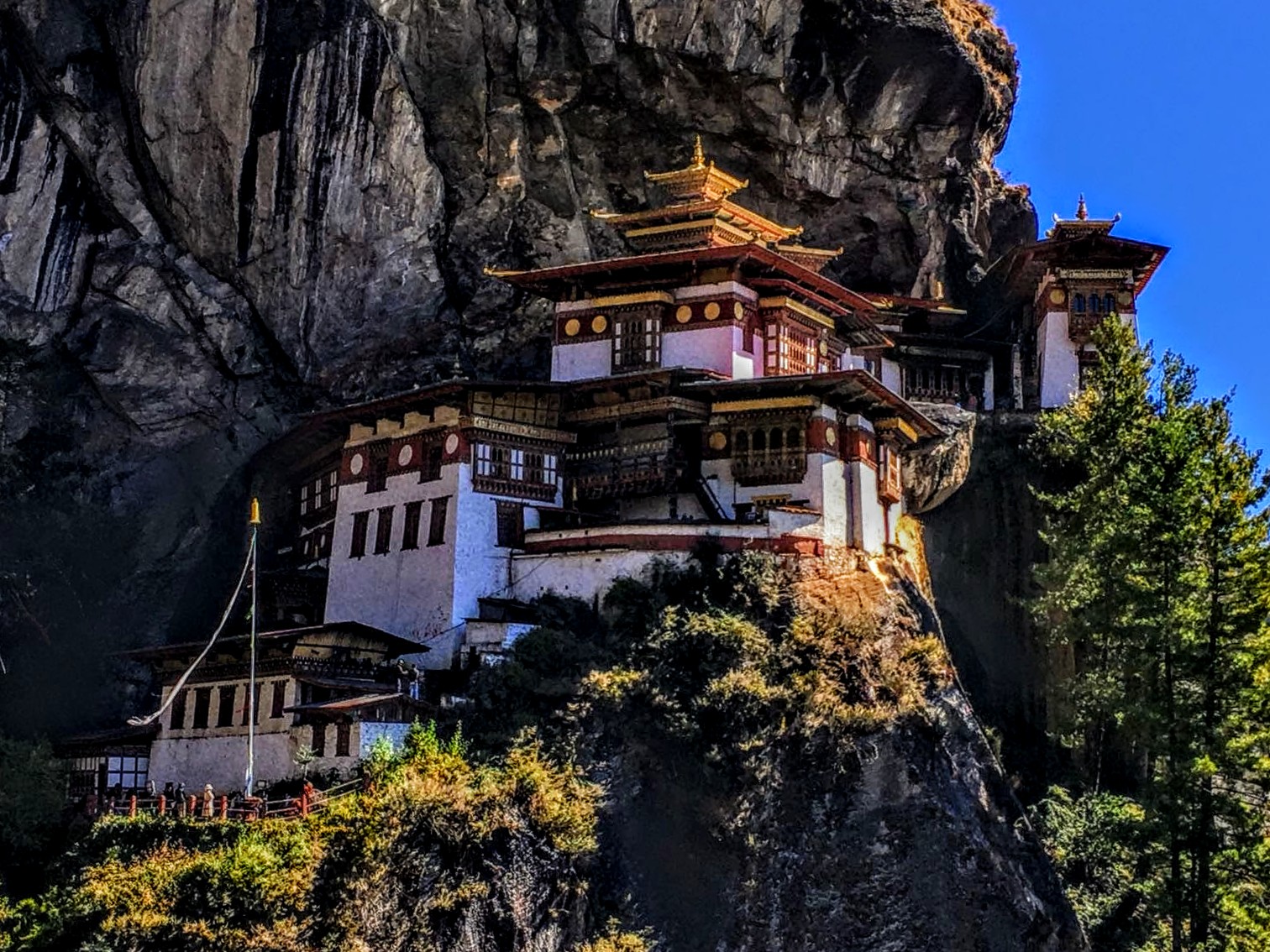
Trek to the Tiger's Nest Monastery
Perched precariously on the edge of a 3,120-meter cliff in Paro Valley, the Tiger's Nest Monastery (Paro Taktsang) is not just Bhutan's most iconic landmark, but a journey into the heart of Bhutanese spirituality. The trek to this sacred site is a must-do for any visitor, offering breathtaking views and a profound sense of peace. The path winds through beautiful pine forests adorned with Spanish moss and colorful prayer flags, enhancing the spiritual ambiance. Once at the monastery, the sight of the structure, defying gravity and architectural expectations, is a moment of awe. This trek is a blend of physical challenge and spiritual enrichment, embodying the essence of Bhutan's natural beauty and cultural depth.

Explore the Ruins of the Vikramshila University
Situated in Bhagalpur district of Bihar, the ancient ruins of Vikramshila University stand as a testament to India's rich educational heritage. Founded by King Dharmapala in the late 8th century, this was once a prestigious center for learning in India, specializing in Tantric Buddhism. Today, digital nomads can explore these ruins to get a glimpse into the past, understanding the scholarly pursuits and architectural ingenuity of ancient India. The site, though in ruins, still exudes an aura of wisdom and tranquility. It's a lesser-known gem that offers a unique perspective on India's historical and cultural landscape, making it a must-visit for those seeking to delve deeper into the country's heritage.

Attend the Paro Tsechu Festival
Experience Bhutan's rich culture firsthand by attending the Paro Tsechu Festival, one of the most significant and colorful events in the Bhutanese calendar. Held annually in spring, this festival brings together monks, locals, and tourists in a vibrant display of traditional dances, elaborate costumes, and religious dramas. The highlight is the unfurling of the giant Thongdrel, a large tapestry depicting Guru Rinpoche, which is believed to cleanse viewers of their sins. The festival is not just an event; it's an immersive cultural experience that allows visitors to connect with the local community, understand Bhutanese traditions, and witness the spiritual devotion that permeates Bhutanese life. Attending Paro Tsechu is an opportunity to partake in the joy and spirituality of Bhutan, making it an essential experience for any digital nomad exploring the country.

Savor the Local Cuisine of Bihar
Bihar's culinary landscape is a delightful exploration of flavors, with dishes that are simple yet profoundly satisfying. One must not leave without trying the traditional Litti Chokha, a dish made of wheat and sattu (roasted chickpea flour), served with a side of mashed potatoes, brinjal, and a generous dollop of ghee. The tanginess of the chokha and the richness of the ghee create a perfect balance of flavors. Another local favorite is the Sattu Paratha, a flatbread filled with sattu, spices, and sometimes, pickled vegetables. These dishes are not just food; they're a cultural experience, offering insights into the agricultural practices, historical influences, and communal life of Bihar. For digital nomads seeking to immerse themselves in local culture, savoring Bihar's cuisine is an unmissable experience.

Discover Thimphu's Tech Scene
Thimphu, the capital of Bhutan, is not just a city of traditional culture and stunning landscapes, but it's also emerging as a hub for technology and innovation. For digital nomads, exploring Thimphu's tech scene is a must. From co-working spaces that blend modern amenities with Bhutanese design to tech startups that are pioneering solutions in agriculture and education, the city offers a unique ecosystem for digital professionals. Networking events and tech meetups are becoming increasingly common, providing opportunities to connect with local entrepreneurs and like-minded nomads. Thimphu's blend of ancient culture and modern tech makes it an intriguing destination for digital nomads looking to experience the best of both worlds.

Navigate the Ghats of Varanasi
Varanasi, one of the world's oldest continuously inhabited cities, is a must-visit for digital nomads in Bihar. While technically located in the neighboring state of Uttar Pradesh, its proximity to Bihar makes it an accessible and compelling destination. The city's ghats, steps leading down to the river Ganges, offer a profound glimpse into the spiritual and cultural life of India. Witnessing the aarti ceremony at dusk, where priests perform rituals with fire to honor the river, is an unforgettable experience. The ghats are also a place of life and death, where pilgrims come to bathe in the sacred waters and cremations take place in open air. Navigating the ghats of Varanasi provides a deep dive into the complexities of Indian culture, making it a pivotal experience for digital nomads exploring the region.

Attend the Madhubani Art Workshop in Bihar
Madhubani painting, also known as Mithila art, is a style of Indian painting practiced in the Mithila region of Bihar. Attending a Madhubani art workshop is a must-do for digital nomads in Bihar, offering a chance to learn about this unique art form directly from local artists. These workshops not only teach the techniques and motifs used in Madhubani paintings, such as intricate floral, animal, and bird patterns, but also delve into the cultural and historical significance of the art. Participating in a workshop is a hands-on way to engage with Bihar's rich cultural heritage, providing a creative outlet and a deeper understanding of the region's artistic traditions.

Explore the Punakha Dzong in Bhutan
Punakha Dzong, known as the Palace of Great Happiness, is one of Bhutan's most beautiful and historically significant dzongs. Located at the confluence of the Pho Chhu and Mo Chhu rivers, its strategic location and stunning architecture make it a must-visit. The dzong serves as the administrative center of Punakha district and houses many sacred relics. Visiting during the spring months allows digital nomads to witness the dzong in full bloom, surrounded by lilac jacaranda trees. The Punakha Dzong is not just an architectural marvel; it's a symbol of Bhutan's deep spiritual roots and historical resilience, offering visitors a serene and enlightening experience.

Bhutan Nomad Guide
India 🇮🇳
safety
internet
cost of living
nightlife
- Rural
- Historic
- Foodie Mecca